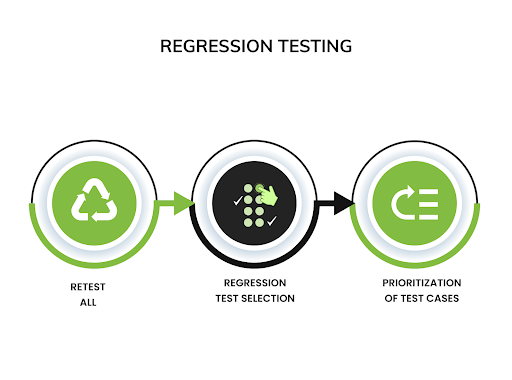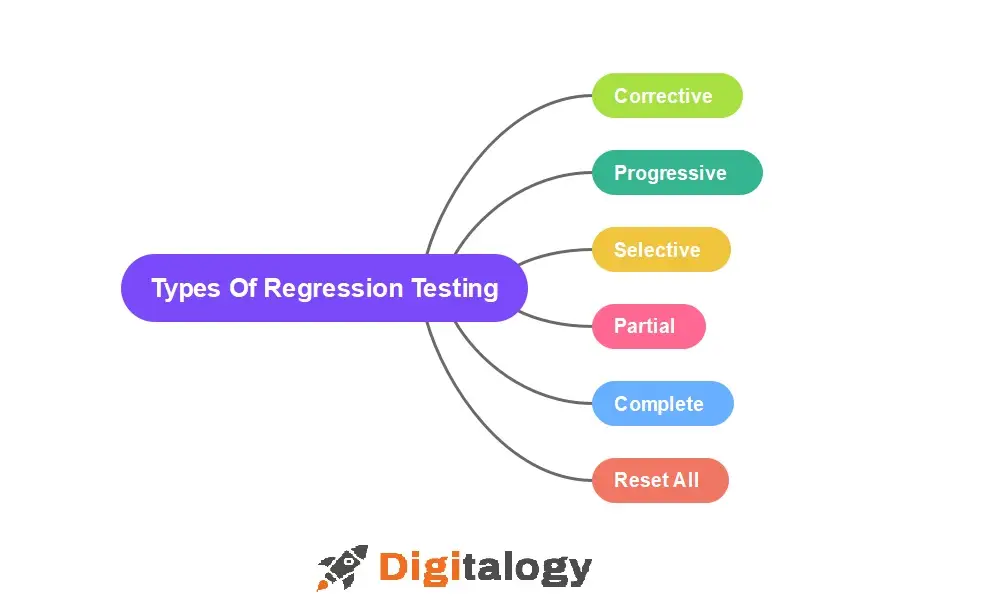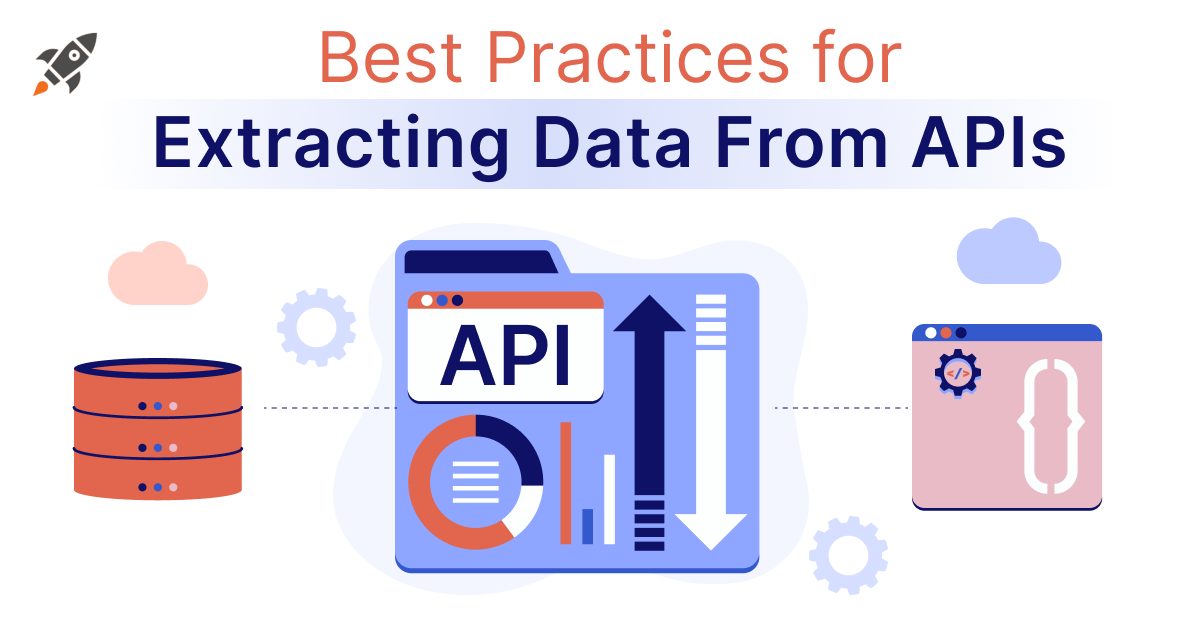Regression testing is one of the widely used testing techniques in any software project. Are you wondering what regression testing is? It is software testing that checks whether a recent change in code or program update has impacted the already existing functionalities of the software. In this guide, you will get to know everything about regression testing. Let’s dive in!
What is regression testing?

Regression Testing re-executes all or some of the test cases to evaluate the impact of a code change on the functionality of the software. It ensures that the software application functions in an expected manner after an update or change in code and is in charge of the program’s usability and stability.
Regression testing is done whenever a new feature is added to the software or an existing feature is changed. Additionally, it happens whenever the UI or configuration is altered. Regression testing aims at mitigating potential issues and ensuring optimum functionality of the applications for better user experiences.
Similar Article – What is digital product management?
Why do we need regression testing?
Whenever a change or update is made to a software application, there are chances that it might affect the overall functionality of the app. That is exactly where regression testing comes into the picture. It allows the software developers to easily detect if the modification has affected the software in any manner.
Regression testing helps in identifying potential bugs at an early time in the development cycle. This, in turn, enables the developers to fix the bugs before the software is launched in the market. It not only helps in saving the costs of the businesses but also guarantees the delivery of optimum user experiences to the customers. It ensures that quality software is provided to end-users, thereby increasing the success rate of the businesses.
Difference between Regression Testing and Re-testing
Many people often get confused between regression testing and re-testing. Both types of software testing are quite different from each other. As discussed before, regression testing aims to find out whether a change or update has affected the functionalities of the application. On the other hand, re-testing is done when an identified bug in software is fixed or when a test case fails during the final execution stage.
Retesting is done only when test cases fail. However, regression testing is also done for the passed test cases. Retesting checks the fixes, while regression testing checks the potential side effects. Retesting tests only a specific feature of the application. However, regression testing involves testing the complete software and all the features.
How to do regression testing?
When it comes to how regression testing is done, there are generally three techniques. It involves retesting all, test case prioritization, and regression test selection. Let’s take a quick glance at each of the regression testing techniques.
- Retest All
Retest all, also known as complete regression, is the regression testing technique in which all the test cases are re-executed. It is one of the safest ways to identify all the bugs and resolve them effectively. However, it is an expensive method as it needs a lot of time and resources.
- Test Case Prioritization
As the name suggests, this regression testing method involves the prioritization of the test cases. The test cases are prioritized on the basis of specific requirements of business, frequency, and functionalities. The high-priority test cases are to be executed first in this approach. The test cases relating to newly added functionalities and customer-specific aspects are considered to be of high priority.
- Regression Test Selection
In this testing method, specific test cases that may be affected by the changes in the application are selected. Regression test selection mainly aims at saving the time and effort of the developers.
Steps to Perform Regression Testing
If you are thinking about the different steps involved in regression testing, here are the steps you must know.
- Choose the tests for regression
- Select the suitable tools for regression testing
- Verify the software application
- Determine the alterations that could have an effect on the application’s operation.
- Prioritize the changes
- Determine the entry criteria and entry point
- Identify the exit point
- Schedule and manage the regression tests
- Analyze the results.
What are various types of regression testing?

When it comes to the types of regression testing, there are seven types. Let’s take a look at the different types of regression testing.
Corrective Regression Testing
Corrective regression testing is performed to ensure that all features and functionalities of an application function as expected. Even when there is no change, corrective regression testing is performed. This test can be reused by the testers throughout the development stage. The prominent benefit of this testing is that it takes less time for bug identification. Moreover, there is no need for new test cases.
Selective Regression Testing
Selective regression testing only makes use of selected modules from a specific test case. Running a complete test is not required in this testing type. The main benefit of this testing is that it helps in saving time, effort, and costs significantly.
Retest-all Regression Testing
All regression testing is done to test all the areas of a software application for potential bugs. Even when changes are made to certain parts of the application, this testing checks the entire software. The main benefit of this testing is that it allows the delivery of error-free and flawless applications. However, it could take a long time and use up more resources, which is a possible disadvantage.
Progressive Regression Testing
When a few changes are made to the codes, using progressive regression testing can be an ideal option. It allows the testers to only test the improvements or changes that have been made. An advantage of this testing is that it can be performed in less time and saves the efforts of the testers.
Partial Regression Testing
Partial regression testing is done when new code is added to the software’s existing code. It guarantees that the application is operating as effectively as it did previously. The prominent benefit of this regression testing type is that it allows accurate identification of bugs and saves time for the testers.
Complete Regression Testing
Complete regression testing is an important type of regression testing. It tests the existing codes and features of an application before any more tests are run. Codes go through a number of changes during this testing. It allows for restoring any change during the testing process. A significant advantage of this regression testing is that it helps in finding potential bugs quickly.
Unit Regression Testing
Unit regression testing is also important regression testing. The core aim of unit regression testing is to provide valuable and accurate units of code to add value to the software.
Manual Testing Vs. Regression Testing
Now that you are well aware of the different types of regression testing, the next thing to know is the difference between manual regression testing and automated regression testing.
- Manual Regression Testing
Manual testing requires the testers to walk through the application manually to determine if the existing functionalities work in the desired manner. The regression testing is performed by the QA testers manually after certain modifications are made to the codes. Manual testing is ideal for explanatory tests that cannot be done through automated testing. Manual regression testing requires a lot of time and effort.
- Automated Regression Testing
In automated regression testing, the testing process is automated, and human intervention is not required. The testers are only responsible for writing the codes. The tests are performed with the use of testing tools. Automated testing is ideal for repetitive tasks where there are chances of human error if performed manually. Automated regression testing helps in saving the time and effort of the testers. However, it may be a little expensive in comparison to manual testing.
What are various tools used for regression testing?
In order to efficiently perform regression testing and get the desired outcomes, using the right tool is important. Are you wondering which tool to use for regression testing? In that case, here are some of the most prominent tools that you can use for regression testing.
Katalan Studio offers an end-to-end automation solution. It supports regression and functional testing. With the use of this tool, even novice testers can perform the testing process in a simple manner. Kalatan Studio allows testers to perform regression testing for mobile applications, websites, and web services. The tool is ideal for running tests in multiple environments, browsers, and devices.
Watir is a popular open-source tool that is written in Ruby. It allows easy regression testing. It allows the testers to write a test case that is quite easy to understand and read. It comes with a flexible and lightweight user interface. The easy maintainability and cross-platform support make it a popular choice for regression testing among testers.
Regression testing frequently involves the usage of Selenium. It has a variety of capabilities that make it possible to automate web applications. Selenium is a popular tool for cross-platform and browser-based regression testing. It is easily compatible with a number of testing frameworks and programming languages. However, the steep learning curve of Selenium often acts as a barrier for mid-size and small teams.
TestComplete is another popular tool used for regression testing. It allows the testers to quickly and easily automate the regression tests. This tool can effectively integrate with other tools used for defect tracking. It helps in performing the regression tests automatically without the need for any human intervention.
Rational Functional Tester (RFT) is a popular automated testing tool that has been developed by IBM. It works well for a variety of testing methods, including regression testing. It is used to test a number of applications like emulator-based apps, Java apps, web apps, and .NET apps.
Another tool used for regression testing is Apache JMeter. It aids in gauging how well the test cases operate. It has a variety of capabilities and may be used to evaluate various software programs. It offers a regression testing suite to the end users.
What is the cost of doing regression testing?
Regressive testing is considered to be quite expensive. However, the exact cost of doing regression testing will vary from organization to organization. The price of regression testing is influenced by a variety of variables. The size and complexity of the software program are some of the significant aspects. With the increase in the complexity and size of the software, more regression tests will be required, and it will take more time. All of these can contribute to the increase in the cost of regression testing.
However, if you want to lower the cost of regression testing, then opting for selective regression testing can be an ideal option.
What is the Agile approach to regression testing?
Iterative and incremental approaches form the very basis of agile methodology. It allows the development of software over short iterations, known as sprints. Several sprints and iterations show that there may be changes to the source code. That is exactly where regression testing comes in handy. Regression testing may be carried out in two distinct ways using the agile approach. End-to-end regression and sprint-level regression are also included.
In end-to-end regression, all the completed tests are re-executed to ensure the important functionalities of the software work as expected. On the other hand, sprint-level regression is done in order to analyze the impact of new functionality on the latest sprint.
What is the average time taken to do regression testing?
On average, it takes about 12 to 16 hours to do regression testing of small software applications. Some regression testing can even take up to 2 to 5 days. With the increase in the size and complexity of the apps, the time taken to perform regression testing also increases. Moreover, the time taken also depends on the number of times the regression testing is performed on the applications.
Which type of apps & software is used for regression testing?
Regression testing can be performed for a number of apps and software. Some of the popular apps for which regression testing is commonly performed include web applications, mobile applications, and websites. However, regression testing can also be performed for the .NET applications, Java applications, and emulator-based applications.
Conclusion
Regression testing has become vital in recent times for organizations involved in software development. It allows the delivery of flawless, robust, and high-quality applications to the users. It helps in testing whether a modification in the source code affects the functionality of an application. It enables the testers to find out the potential bugs in an early stage of the development cycle. This, in turn, helps in fixing the bugs and providing the users with error-free applications. It helps in getting more loyal users for your application.
Regression testing allows organizations to ensure the optimum satisfaction of their end-users and enhance their overall revenues. While there are different types of regression testing, the right choice will depend on the specific requirements of your organization. Now that you know the importance of regression testing, it is time to leverage it for your organization and ensure better outcomes.
FAQs
What are the most common mistakes made while performing regression testing?
Some of the most common mistakes include not adhering to a single regression testing approach, not defining the testing framework, and ignoring automated regression testing.
Why is regression testing used?
Regression testing is used to mitigate potential risks and ensure better functionality of software applications.
When is it ideal for performing regression testing?
When a new feature is added to the program or specific modifications are made to the software, regression testing must be done.
Who performs regression testing?
Regression testing is performed by the QA team of the organizations.







